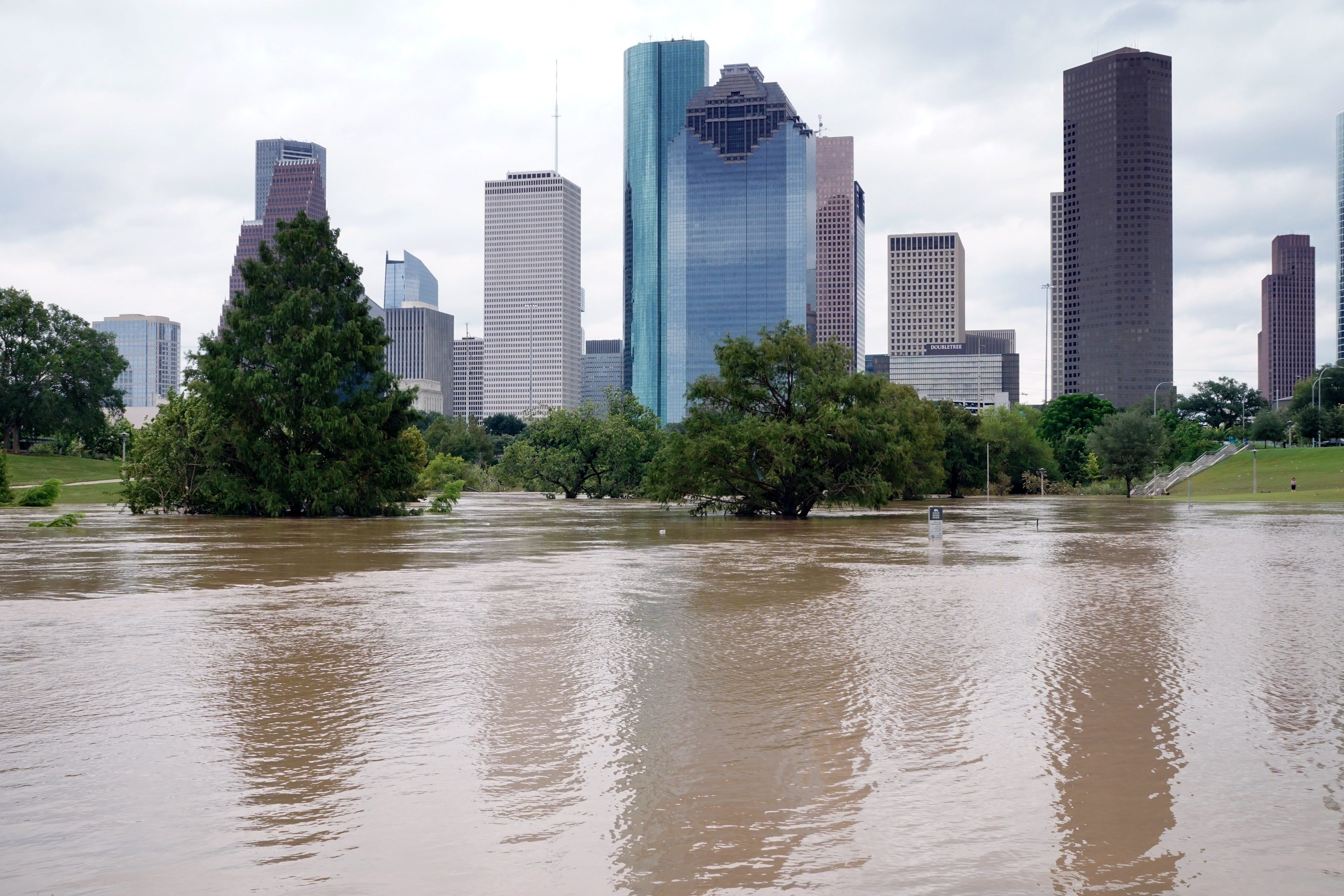Why real estate and insurance lobbies will have a huge influence on climate policy

Climate change is often seen as synonymous with global warming, a misperception deriving from the historical mislabeling of the phenomenon.
Certainly, "warming" is part of it, but the real danger is the increasing variance or the greater-than-normal fluctuations in all aspects of climate: temperature; humidity; winds; rain; snow; hurricanes; seasons; etc.
It is like noting stock price averages but ignoring volatility; or measuring average blood sugar levels but ignoring wild fluctuations.
Often, the big risk is the volatility.
Why don't scientists aggressively emphasize this? Science is a cautious practice where data must pass a high level of scrutiny. Powerful vested interests have turned against scientists and politicized climate change, making the scientists even more timid.
Who can extricate the climate debate from the clutches of dogmatism and partisanship? The answer is those who would be adversely affected by climate "volatility" and whose political strength can outweigh the forces that have fostered the climate change denialism: real estate and insurance.
Weather volatility (short term) and climate volatility (long term) are intensifying. Above-ground structures, a key component of which is real estate, will be affected in dramatic ways over and beyond what already has happened, hence the prediction that real estate and insurance aggressively will lobby for policies to rein in weather/climate volatility.The debate should shift focus on weather/climate volatility rather than warming. Nature's 'margin calls' can be ruinous.
The stakes are huge
Existing structures were built using engineering safety standards based on extreme loads seen in the past centuries. When once-in-1,000-year floods, hurricanes or heat waves become more frequent, historic safety margins easily will be exceeded. The debate should shift focus on weather/climate volatility rather than warming. Nature's "margin calls" can be ruinous.
Insured values of properties in 100 eastern coastal counties are reported to be $10 trillion. New York and Florida account for $3 trillion each. Insured and uninsured values of all structures across the United States potentially exposed to weather and climate "violence" easily will reach well over $100 trillion. And infrastructure such as bridges, roads, dams, utility poles and power stations that makes real estate usable also runs into the trillions.
Even an additional half-percent annual risk could cause damages of half a trillion dollars or more. Hurricane Harvey caused $160 billion in damage to Texas. Combined with other volatility damages the same year, the total could well have been $200 billion plus. So, predicting $500 billion plus annually in years to come would not be far off.
所有这些潜在的损害不是迷失在再保险al estate and insurance industries. Their journals are full of warning articles preparing them to descend on policymakers.
And when that happens, the debate rapidly could shift from the current blame game of who causes greenhouse gas emissions to what can be done. In the case of epidemics or earthquakes, we do not debate if people cause them. Instead, we take extensive measures to mitigate their harmful effects. The same rationality should, and very likely will, apply to the climate debate where trillions are at risk.
This risk touches everybody, including each and every politician, as we are all direct or indirect real estate owners and pay insurance premiums. When the real estate and insurance industries more aggressively translate the risk of weather/climate volatility to each person's pocketbook, the hue and cry will be huge. We are at the threshold of that collective cry.
On the policy front, a low hanging fruit is electric vehicles (EVs). Twenty five percent of fossil fuels are used in vehicles. Carbon dioxide emissions from transportation exceed that from power generation. If vehicles were electrified on a mass scale, utility companies could shift vehicles to clean energy from wind, solar or even nuclear.When the real estate and insurance industries more aggressively translate the risk of weather/climate volatility to each person's pocketbook, the hue and cry will be huge.
By 2035, about 150 million vehicles will be made globally with more than 75 million EVs, primarily outside the United States — a $2 trillion industry emerging mostly to the benefit of China and others.
公关omoting EVs would help the U.S. economy and reduce greenhouse gas emissions on a massive scale. It is a double win that the real estate lobbies might and should demand aggressively.
Decades back, scholars equipped equity markets with volatility metrics such as alpha, beta and standard deviation, which led to more rational investing.
It behooves the climate scientists to formulate good measures of weather/climate volatility so that the real estate and insurance industries, and the public, can more effectively and persuasively confront the politicians and resistant citizens and precipitate effective policies.
